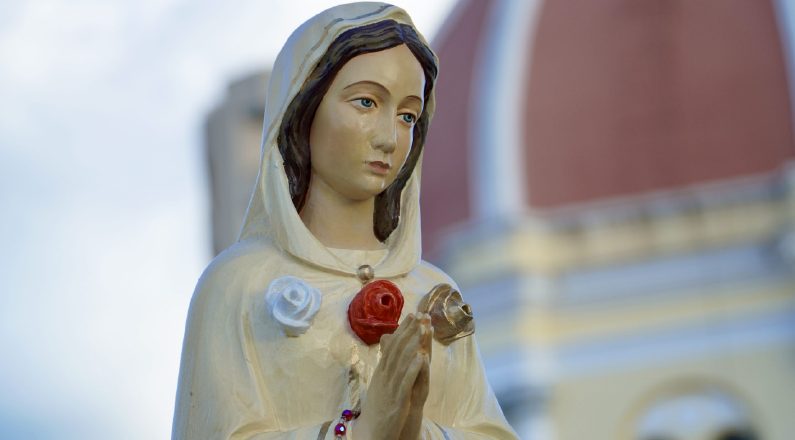(ZENIT News / Rome, 08.07.2024).- The Dicastery for the Doctrine of the Faith issued a positive evaluation of the messages of Pierina Gilli, a visionary who said she had received apparitions of the Virgin Mary under the title “Mary Mystical Rose.” This evaluation was based on the new standards established to evaluate supernatural phenomena, the Dicastery informed in a letter published on July 8, addressed to the Bishop of Brescia.
Results of the Examination
Cardinal Victor Manuel Fernández, Prefect of the Dicastery for the Doctrine of the Faith, said that elements were not found in Gilli’s messages that contravene the teachings of the Catholic Church on faith and morals. The evaluation concluded that there are no moral or critical aspects in the messages, and highlighted several positive aspects, although some require clarification to avoid misunderstandings.
In particular, the letter underscores that, although on occasions the presentation of Mary’s role might place her as a necessary mediatrix for salvation, it must be remembered that Christ is the only Saviour. Clarified generally is that Gilli’s intention is not to portray God and Christ as distant, but that her work is geared to highlighting the value of Mary’s maternal mediation, without taking away Christ’s prominence.
Historical Context and Procedure
Pierina Gilli (1911-1966) said she received messages of the Virgin Mary, who introduced herself as “Mystical Rose.” This Marian title, which is found in Loreto Litanies and goes back to the Song of Songs of the Old Testament, has been the object of devotion in different contexts. The Dicastery’s current evaluation follows a preliminary review, which at that time classified the messages as not very credible. However, a new review carried out in 2013 and 2022 concluded that the visions could be genuine. In 2014, the Church recognized the “Rosa Mistica Fontanelle Foundation,” dedicated to the devotion inspired by the apparitions.
New Normative to Evaluate Supernatural Phenomena
The reformed evaluation procedure of supernatural phenomena implemented in mid-May, does not seek to determine definitively the supernatural character of a new event, but to classify it in different categories. These go from “Nihil Obstat” (nothing is opposed to the veneration) to Prohibetur et Obstruatur” (prohibited and obstructed), depending on the predominance of positive or negative aspects.
The diocesan Bishop, in dialogue with the National Episcopal Conference, must investigate the events and issue an opinion, which is presented to the Dicastery for its approval. This procedure ensures that any phenomenon regarded as supernatural is evaluated carefully before permitting its public veneration.
Next Steps
Given the Dicastery’s positive evaluation, the Bishop of Brescia now has the responsibility to announce the results and state the steps to be followed. The Dicastery for the Doctrine of the Faith suggests that Pierina Gilli’s messages can be classified in the highest categories of approval, indicating a favourable disposition to veneration of “Mary Mystical Rose.”
In contrast to this positive evaluation, the Dicastery also used its new standards to issue a “Declaratio de non supernaturalitate” in the case of an alleged Marian apparition in Trevignano, near Rome, demonstrating its commitment to a rigorous and objective evaluation of all phenomena



